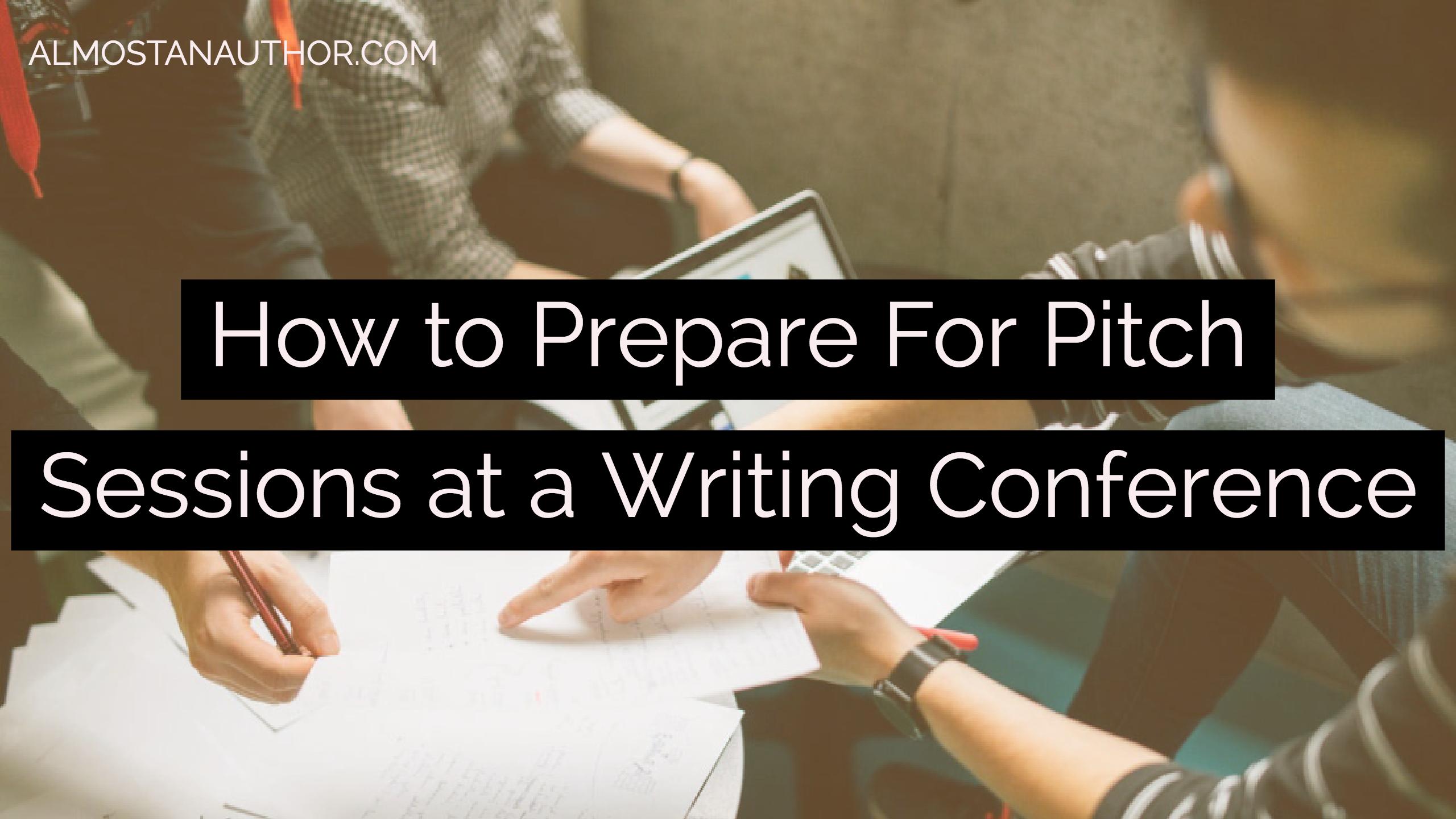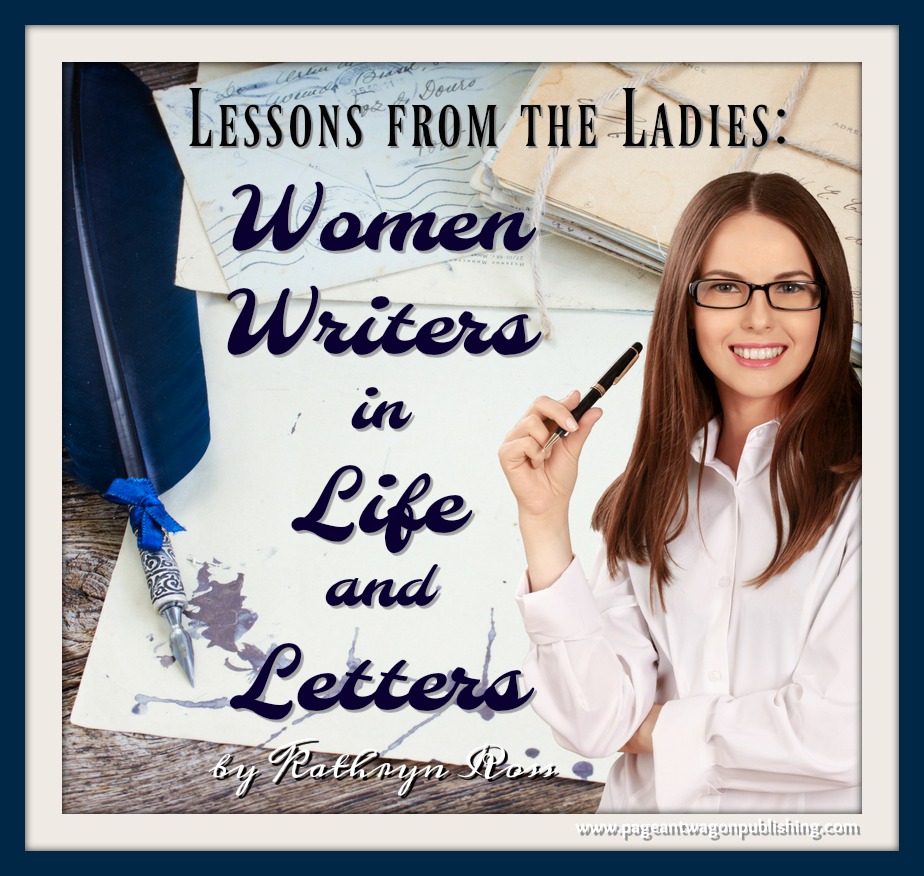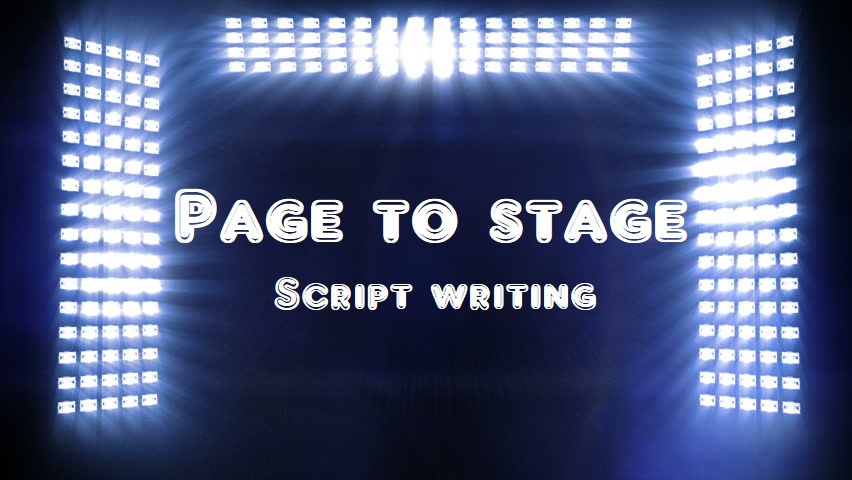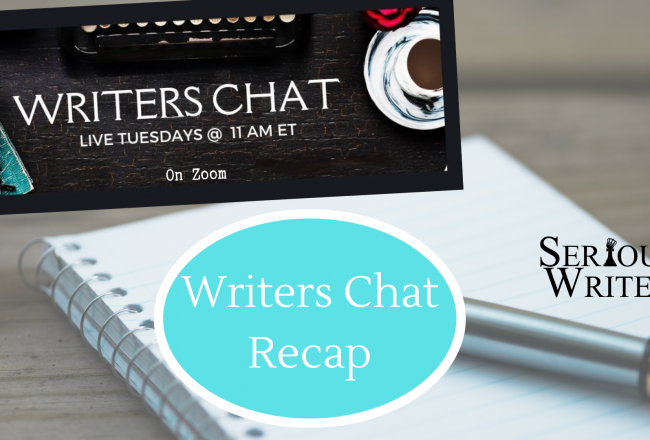
Blog Tour-Caroline George
Caroline, please tell us about your most Recent Book The Vestige revolves around the questions: What if the end…
November 15, 2017
Caroline, please tell us about your most Recent Book The Vestige revolves around the questions: What if the end…
November 15, 2017
You saw a listing for a writing conference. It looks amazing. You’re excited, then doubts creep in. Am I…
November 14, 2017
Normally in these articles about magazine writing, I focus on positive ways to make a difference. From my years…
November 13, 2017
This week we have a recap of the inaugural Ohio Christian Writers Conference as the attendees discuss the ins…
November 9, 2017
I attended my first writing conference when I was sixteen-years-old. This is what lead to the publication of my first…
November 9, 2017
I heard my seven-year-old grandson moaning on the mat below the climbing peg-board. I went to see if he…
November 8, 2017
“Oh, you’re a fantasy writer? I love ‘The Lord of the Rings.’” “I don’t write that kind of fantasy.”…
November 7, 2017
By Doug Peterson Glass breaks. But even better, glass shatters. A knife cuts. But even better, a knife slashes.…
November 5, 2017Special guest April Carpenter shares how writers can take care of themselves during the hustle and bustle of the…
November 3, 2017
I love Oreos. Milk’s favorite cookies are great on their own, but they’re over the top when combined with…
November 2, 2017
The well-born lay woman . . . led a much freer and fuller life than her sister in religion.…
November 2, 2017Can you share a little about your recent book – My most recent published novel is called The…
November 1, 2017
Career success as a freelance copywriter depends on your ability to secure the right clients. If your clients cost…
October 30, 2017
From Script to Stage/Screen Part 4 We have explored four of the major responsibilities placed upon any director in…
October 29, 2017
Author coach and creative Shelley Hitz shared her experience with the platform Skillshare, how it has helped her creativity…
October 26, 2017
by Tina Hunt Two of my “go to” counseling statements are: so how’s that working for you?; and if…
October 26, 2017
The writing life stands poised to strike fear into the most steadfast heart—launching arrows of self-doubt, rejection-terror, and insecurity.…
October 24, 2017
Girl Meets Boy. Lots of problems. Finally, Girl Gets Boy. That’s my new formula for romance writing. Most readers…
October 23, 2017
I started working as a professional writer when I was seventeen. So completely captured by the craft, I made the…
October 22, 2017
Last month we shared Part 1 about the categories assigned to children’s books. We’ll now share more details about…
October 21, 2017
The trickiest part about conveying confusion is to convey it clearly, without confusing the reader. Ann Hood in Creating…
October 20, 2017Hartline Literary Jr. Agent Cherrilynn Bisbano shares an in-depth look into the world of book proposals. Join us! Writers…
October 19, 2017
Have you memorized the list of prepositions yet? Trust me, quickly recognizing prepositions will help you in the long…
October 18, 2017
Technical writing is a different kind of writing. As a matter of fact, it is a very different kind…
October 16, 2017
Please tell us about your most Recent Book: “The Christmas Pumpkin” and “The Worst Day Ever!,” are illustrated children’s…
October 15, 2017





